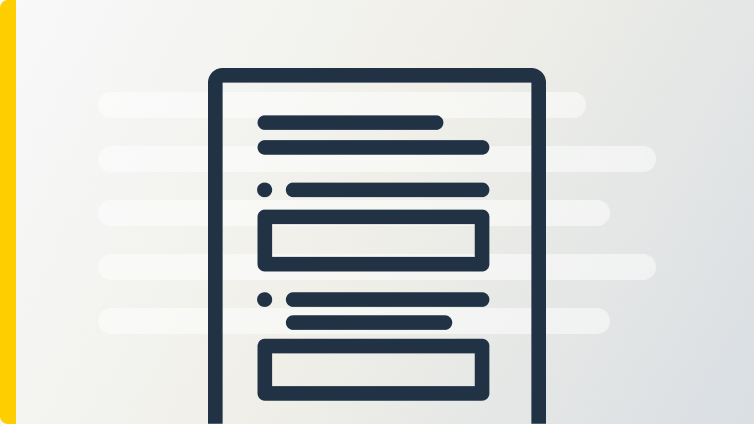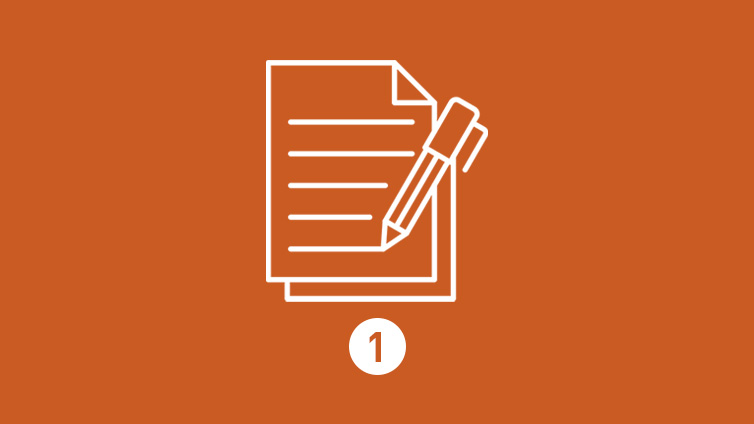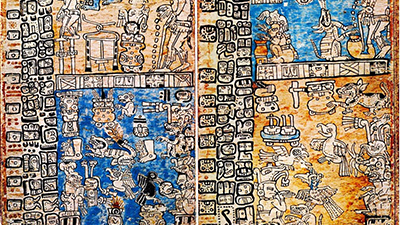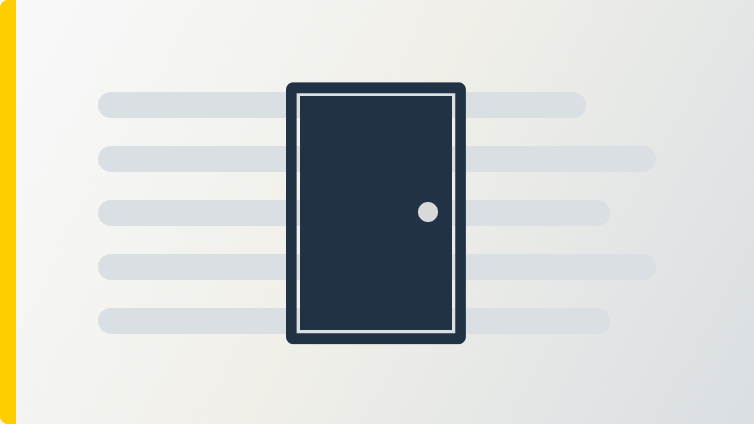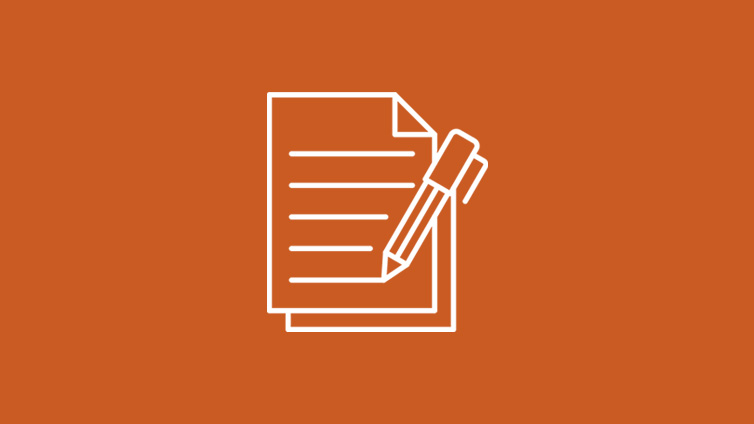The First Global Age
Teacher Resources
Driving Question: How did the first ongoing connections between the hemispheres promote change both globally and regionally?
Before 1492, complex societies with thriving exchange networks existed in most regions of the world—but they weren’t connected. That changed when Europeans reached the Americas, launching the Columbian Exchange, a global exchange system that moved crops, animals, people, and ideas to new continents. But this exchange also brought long-lasting negative impacts such as disease and slavery, with devastating consequences.
Learning Objectives:
- Evaluate the historical narrative of expanding networks and the formation of a new global age.
- Explain how increasing global connections from 1200 to 1750 affected communities, production and distribution, and networks.
Vocab Terms:
- capitalism
- divination
- economic
- enslave
- exchange
- labor
Opener: The First Global Age
To teach this lesson step, refer to page 2 of the Lesson 6.1 Teaching Guide.
Our Writing Guide emphasizes the importance of informal writing in the course.
Today, we’re used to having toilet paper or batteries delivered to our doorstep with a single click. But how did goods and ideas find their way to people during the First Global Age?
Looking Ahead
To teach this lesson step, refer to page 3 of the Lesson 6.1 Teaching Guide.
Agree or disagree? Evaluate some statements before you dive into Unit 6—then see how accurate you were when you get to the end of the unit.
Collapse and Restructuring
To teach this lesson step, refer to page 3 of the Lesson 6.1 Teaching Guide.
Looking for additional reading strategies to engage your students? Take a look at the OER Project Reading Guide.
The Columbian Exchange brought the world closer together, but how dramatic were the changes it produced?
-
Guiding Questions
-
Before you watch
Preview the questions below, and then review the transcript.
While you watch
Look for answers to these questions:
- How was the world divided in 1200?
- How were sixteenth-century historical events reflected in Beatriz’s life?
- How was Christianity introduced and adopted in Kongo?
- How were Beatriz’s efforts to respond to the problems that Kongo faced in the seventeenth century a reflection of the new global age?
- How did Beatriz’s teachings inspire Kongolese in the Americas?
After you watch
Respond to this question: What examples of the blending of old and new ideas do you see in the world around you today?
Key Ideas
-
Guiding Questions
-
Before you read
Preview the questions below, and then skim the article. Be sure to look at the section headings and any images.
While you read
Look for answers to these questions:
- What did Stuart Hall mean when he said we should think more about “routes” rather than “roots”?
- Why was the Mongol Empire so important at the start of this period?
- What was the Columbian Exchange?
- What were some things that were exchanged during the Columbian Exchange?
- What were the two new systems that emerged during this period, and why were they important?
After you read
Respond to this question: What are some ways that your family or community history was influenced by the Columbian Exchange?
Framing Unit 6
To teach this lesson step, refer to page 5 of the Lesson 6.1 Teaching Guide.
How do you “draw the frames”? See what other teachers have to say in this Community Forum thread.
This video and activity will help us use the frames to evaluate the impacts of the first global networks between Afro-Eurasia and the Americas.
-
Guiding Questions
-
Before you watch
Preview the questions below, and then review the transcript.
While you watch
Look for answers to these questions:
- Why was the Columbian Exchange the world’s first global system?
- What were some large changes in this period related to the communities frame?
- What were some large changes in this period related to the production and distribution frame?
- What were some large changes in this period related to the networks frame?
After you watch
Respond to this question: How is it useful to view the impact of the Columbian Exchange through three different frames, rather than simply one?
Key Ideas
Closer: The First Global Age
To teach this lesson step, refer to page 6 of the Lesson 6.1 Teaching Guide.
Now that you’re acquainted with the transformations of new global connections, it’s time to use the frames as you reevaluate the consequences of the Columbian Exchange.
Essay Review: Organization and Language/Style
To teach this lesson step, refer to page 6 of the Lesson 6.1 Teaching Guide.
A great way to improve your writing skill is to evaluate writing samples. In this activity, you’ll evaluate your own writing or a sample essay using the Organization and Language/Style rows of the OER Project Writing Rubric.

